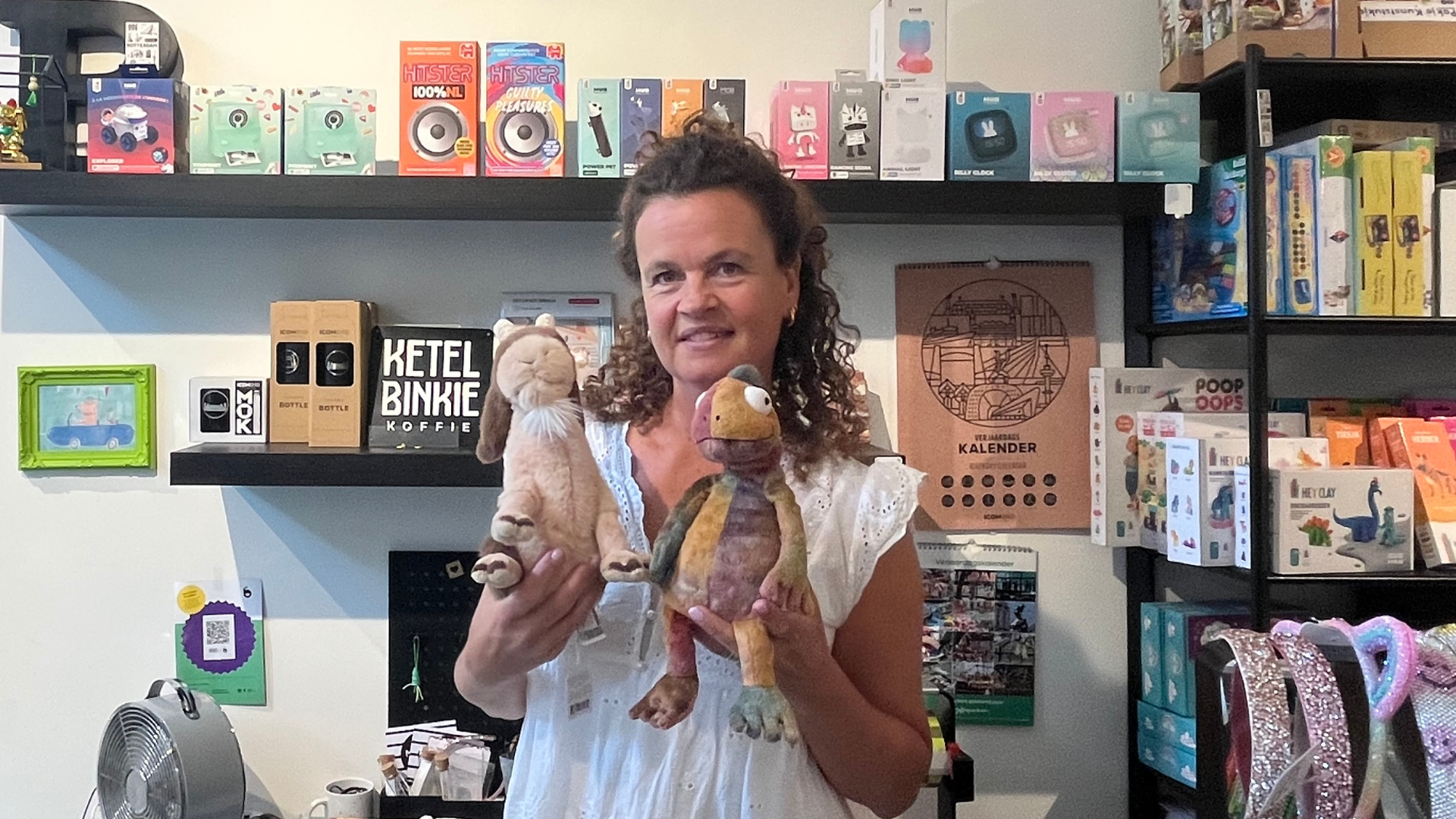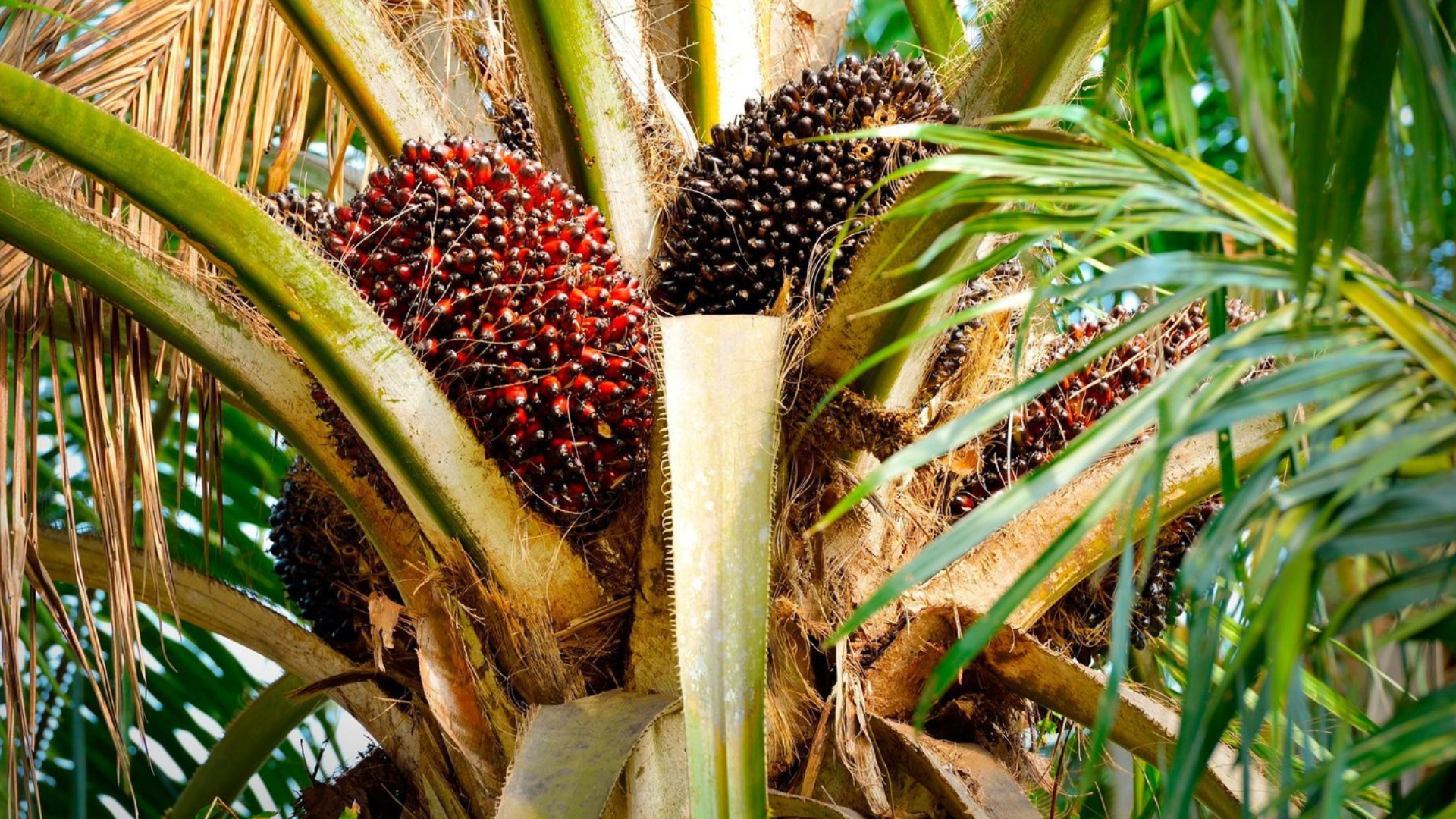Bamboo is an ecological crop that grows incredibly fast and requires far less water than cotton. It also doesn’t need pesticides to thrive. Once harvested, the plant regrows on its own without replanting. Bamboo clothing is often marketed with sustainable labels and eco-friendly claims. While the bamboo plant itself is sustainable, turning it into textile requires multiple processing steps and considerable labor.
Most bamboo clothing found in stores is made from viscose fibers, a plant-based material that is popular in the fashion industry. The fastest and most commonly used method to make bamboo fibers soft and workable is through a chemical process that poses serious risks to both people and the environment. In this process, bamboo is turned into a pulp that can be spun into yarn. Unfortunately, factories still frequently discharge polluted wastewater containing chemicals into rivers or lakes. Exposure to these toxic substances can cause severe health problems, including memory loss, paralysis, and in extreme cases, even death.
There is also a more environmentally friendly way to produce bamboo textiles: the mechanical method. In this process, the bamboo is first crushed and heated, then broken down using natural enzymes into a fiber-rich pulp that can be spun into yarn. While this method is much less harmful to the environment, it is more time-consuming and labor-intensive, which is why it is rarely used.
Research by the Dutch program Keuringsdienst van Waarde shows that many factories in China do not handle these harmful substances with sufficient care. This poses serious risks to people, animals, and the environment. Brands often point to certifications to prove their sustainability, but these labels don’t always guarantee proper governance. In China, chemical waste still too often ends up in nature, certified or not.
The chemical processing of bamboo into textile is highly polluting and harmful to human health. Yet bamboo remains popular due to its sustainable image. However, the often-mentioned antibacterial and hypoallergenic properties are misleading, since these qualities do not survive the intensive chemical treatment required to turn bamboo into fabric.
Bamboo textiles can be produced in a more environmentally friendly way using a closed-loop system, where the chemicals used are captured and reused. This prevents harmful substances from entering the environment. While still limited, some manufacturers have already adopted this method.






.png)


